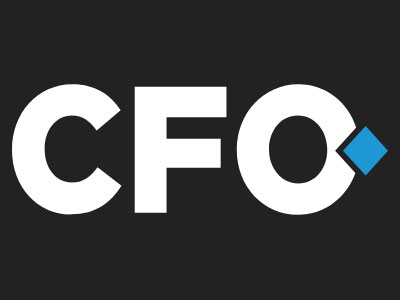“I have yet to hear of a company vision, mission, or strategy that’s related to cutting costs.”
Over my 25-plus years as a supply chain and operations professional, I cannot count the number of times a CFO or board of directors has demanded cost-cutting initiatives. Yet, the most dramatic improvements have occurred when we were not focused on cutting costs.
It’s a certainly a contrarian viewpoint, but one that’s well worth pursuing. Instead of saving pennies, focusing on the customer experience delivers bigger bottom-line results.
Of course, it all depends on how you proceed. If, as your primary objective, you search for ways to spend as little as possible while satisfying your customer, it’s likely you’ll fail on both counts. On the other hand, if you devise a strategy to create win-win plans with your customer in mind and/or in conjunction with your customer (and potentially your customers’ customers), you might just find opportunities for dramatic supply chain improvement and increased profits for each member of the supply chain.

For example, at a large aerospace company, margins were not up to expectations and, at the same time, service levels were low. A quick solution was needed to right the ship. Instead of running around communicating cost-reduction mandates and focusing on whatever savings could be found regardless of the down-the-line impacts, the company took a leap of faith.
That meant slightly increasing inventory levels on work-in-process to start producing items the company was confident customers would need, even before they placed firm orders.
Despite a thorough evaluation of historical trends, talking with customers, and reviewing market signals, the approach at first created significant amount for all levels of management, because the initiative could have increased costs without adding value. Customers’ experience took the top-of-mind position, though. And within 18 months, the service issues were resolved, the company was able to supply customers that forgot place orders on time by assessing a surcharge, and margins increased by 5%.
Another company, a mid-market manufacturer, was struggling to turn around the business. Sales were declining as a result of a prior service failure, and the board constantly requested cost cuts and asked a ton of questions about reducing employee expenses.
One noteworthy approach the company followed was partnering with its top customer to collaborate on placing orders using a vendor-managed inventory (VMI) process. By viewing the customer as a partner and collaborator instead of an annoying complainer, the manufacturer found opportunities to improve its customer’s service across all locations while reducing both its inventory levels and those of the customer. In turn, that freed up cash and reduced cost for both companies.
More specifically, the company was able to move inventory to the appropriate customer distribution center to meet unexpected orders; optimize multiple-stop truckloads, thereby reducing freight; and decrease warehousing and freight expenses by optimizing pallet and layer quantities.
In addition to VMI, the company communicated to its suppliers upfront about its need for price decreases. It leveraged its suppliers’ expertise to learn how to optimize the production runs. Although the company preferred less waste and improved efficiencies, it was willing to prioritize waste over efficiencies, because that had a significantly larger impact on the company’s financials.
In addition, the company brought together a group of experts from the end-to-end supply chain to redesign and improve products. Results included developing materials that required less usage, which reduced the company’s costs without a negative impact on the supplier’s margin; and providing an enhanced customer experience. Both revenue and margins increased.
Think carefully about your real objective. Are you truly interested in cost cuts? For my part, I have yet to hear of a company vision, mission, or strategy that’s related to cutting costs. Most likely, there is concern over margins. But why? For example, do you need to price strategically in order to grow the business?
Keep asking questions until you have thought through the “why.” Don’t jump impulsively to a cost-reduction strategy. Instead, consider communicating your end objective and why it’s important. Engage your employees in the process of finding ways to provide a superior customer experience, while keeping your objectives in mind, and cost reduction will follow.
Lisa Anderson is the founder and president of LMA Consulting Group, an adviser on supply-chain matters to manufacturers and distribution organizations.
Originally published in CFO Magazine on November 29, 2017



